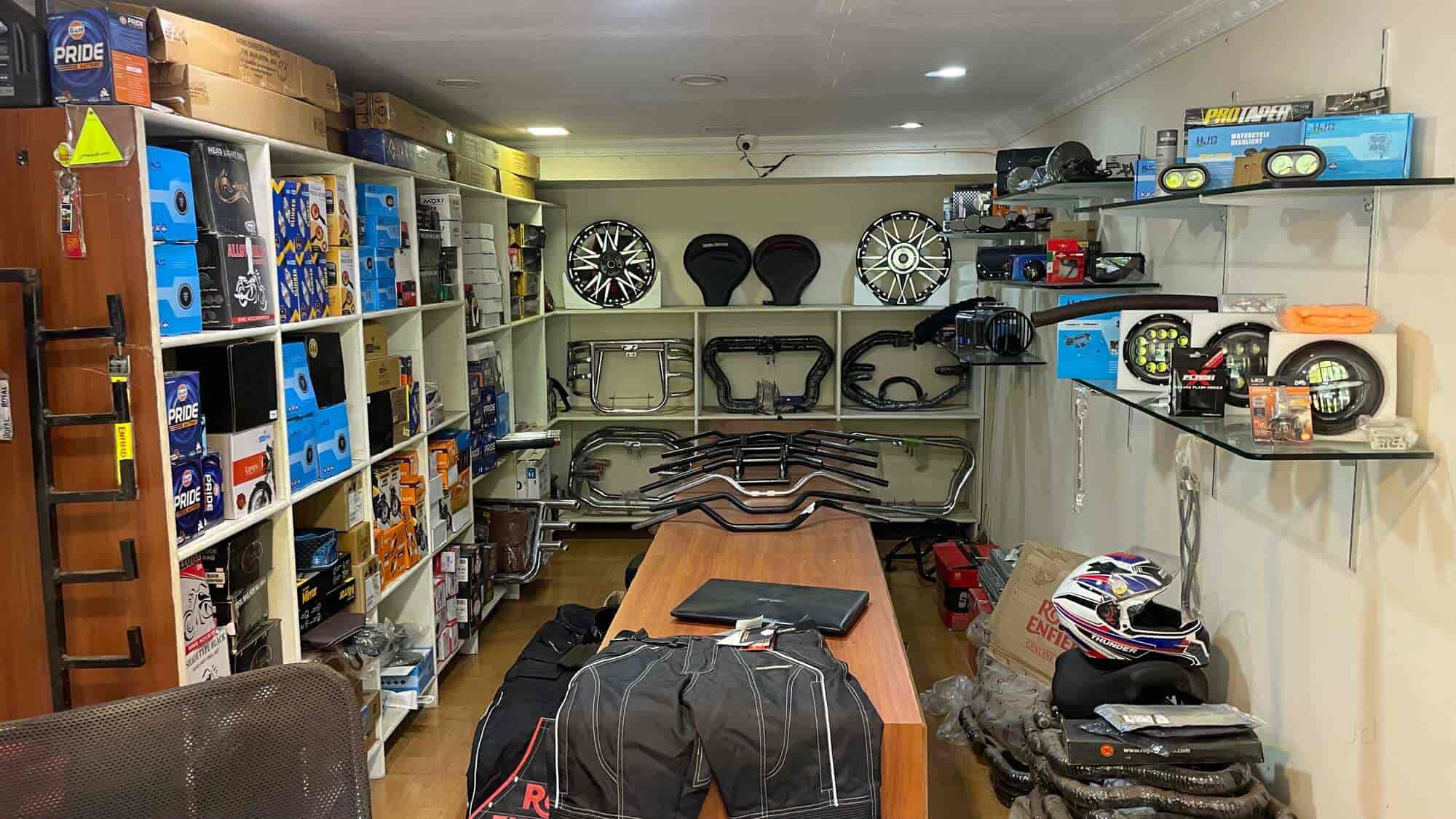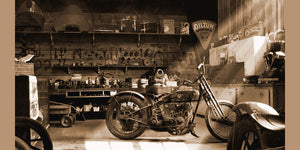Understanding Motorcycle Gears: Exactly How to Maximize Your Riding Experience
In the world of motorcycling, grasping the art of gear manipulation is important for improving your riding efficiency. Appropriately utilizing and understanding motorcycle equipments can substantially affect fuel, velocity, and control effectiveness, transforming a typical trip right into a smooth, thrilling trip. By integrating accurate change timing and adjusting gear selection to various roadway problems, motorcyclists can guarantee optimal engine efficiency and security. The subtleties of clutch control, throttle coordination, and gear mechanics beckon a much deeper expedition, guaranteeing to unlock the full potential of your device. Exactly how can these methods be taken advantage of to absolutely maximize your riding experience?
Understanding Equipment Mechanics
Just how do the ins and outs of gear auto mechanics influence bike performance? At the core of motorcycle dynamics, gear technicians play a critical function in converting engine power right into motion, ultimately determining speed and control. Gears, diligently crafted parts, enable motorcyclists to maximize torque and rate, making certain a smooth transition with various surfaces and velocities. The gear proportions, very carefully created, identify the connection between engine transformations and wheel turns, impacting velocity and gas efficiency.
Comprehending equipment auto mechanics starts with identifying the importance of the gearbox, which houses multiple equipments of varying dimensions. These equipments engage with a process known as meshing, where teeth of different gears engage to send power.
Moreover, the principle of gear moving is integral to making best use of efficiency. Smooth and timely changes make sure that the engine operates within its optimum power band, stopping unneeded strain and enhancing long life (motocross gear nz). By understanding these mechanical complexities, bikers can accomplish a harmonious blend of efficiency, control, and power, elevating their riding experience
Timing Your Changes
Shift timing proficiency is essential for optimizing motorbike performance and improving the riding experience. Appropriately timed shifts ensure that the engine runs within its optimal power band, which is critical for maintaining control, accomplishing smooth velocity, and guaranteeing the longevity of the bike. Bikers need to create an intuitive sense of when to change gears, which entails recognizing the connection between engine transformations per min (RPM) and rate.
To master change timing, pay attention to the engine's audio and feel, as these provide important hints regarding when to alter gears. The optimal shift factor normally occurs when the engine approaches the upper variety of its power band without getting to the redline. Moving prematurely can bring about an absence of power, while moving far too late may create unneeded engine pressure
Additionally, roadway problems and riding design influence change timing. In contrast, during freeway riding, less shifts at higher speeds can be extra ideal.
Enhancing Fuel Performance
While grasping motorcycle gears is crucial for efficiency, improving fuel performance is just as vital for both environmental and economic factors. Optimum gas consumption not just minimizes functional costs but additionally minimizes the eco-friendly impact of riding. To achieve this, one should understand the detailed partnership between equipment choice and engine performance.
First of all, choosing the best equipment at proper rates second hand dirt bikes for sale near me can dramatically influence fuel usage. Riding in a higher equipment at lower rates can cause engine lugging, which is damaging to both gas economic situation and engine health. On the other hand, riding in reduced gears at broadband causes unnecessary fuel intake. Thus, keeping an optimum balance by changing equipments abreast with road problems and prepared for maneuvers is necessary.
Furthermore, routine maintenance plays a critical duty in fuel performance. Making sure that the motorcycle is well-tuned, with clean air filters and correctly blew up tires, can minimize and enhance aerodynamics fuel waste. Taking on a riding style that embraces progressive velocity and smooth deceleration can add to better fuel economy.

Strategies for Smooth Transitions
Attaining smooth equipment changes is essential to improving the riding experience and guaranteeing the durability of a motorbike's transmission system. Proper gear changing not only adds to a seamless experience yet also his explanation decreases damage on the mechanical parts. To grasp the art of smooth changes, cyclists should concentrate on a couple of key methods.

Secondly, clutch control plays an essential duty. Engaging and disengaging the clutch smoothly calls for practice. The clutch bar need to be released progressively, enabling for a smooth transfer of power from the engine to the wheels without causing a jolt or sudden activity.

Adapting to Roadway Conditions
Browsing varied road problems is an important ability for any kind of motorcyclist aiming to preserve control and safety. Whether you're riding on wet surfaces, crushed rock roadways, or navigating sharp turns, your ability to adapt your gear use and riding technique is critical. Recognizing how to change your equipments appropriately can dramatically affect traction and stability, making certain a more secure journey.
In contrast, when riding on crushed rock or irregular terrain, lower gears are more suitable. Lower equipments give better control and enable you to respond even more swiftly to unanticipated modifications in the roadway surface.
Sharp contours require precise equipment management to stabilize speed and control. Downshifting prior to going into a contour can help maintain energy while making sure the motorbike continues to be steady throughout the turn. Consistent practice in different conditions enhances your ability to react and predict to adjustments in click site road appearance and incline.
Final Thought
Grasping motorbike equipments dramatically enhances the riding experience by enhancing fuel, control, and velocity efficiency. An extensive understanding of gear mechanics and accurate shift timing guarantees the engine runs within its optimal power band, while smooth changes through effective clutch and throttle sychronisation rise convenience and efficiency. Adapting equipment option to different roadway conditions, such as utilizing higher gears on damp surfaces and reduced gears on crushed rock, more improves handling and safety. Inevitably, these abilities boost the total journey.
Recognizing equipment mechanics begins with identifying the significance of the transmission, which houses numerous gears of differing sizes. These equipments communicate through a process known as meshing, where teeth of various equipments engage to transmit power (motorcycle parts nz). Gentle modifications to the throttle during equipment shifts can prevent jerky movements and maintain a constant riding rate
Whether you're riding on damp surface areas, gravel roadways, or navigating sharp turns, your capacity to adjust your gear usage and riding technique is extremely important. Adjusting equipment option to various roadway conditions, such as utilizing greater gears on damp surface areas and lower gears on gravel, further enhances handling and security.